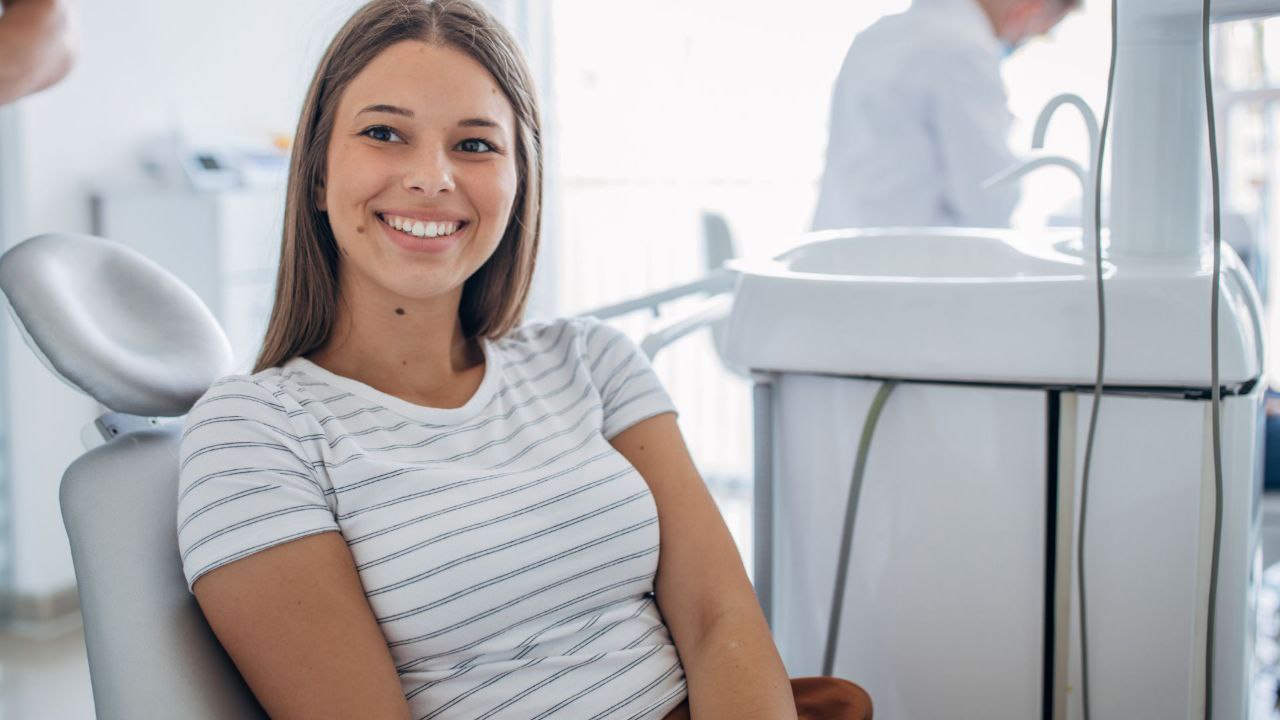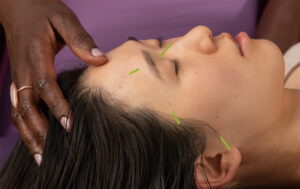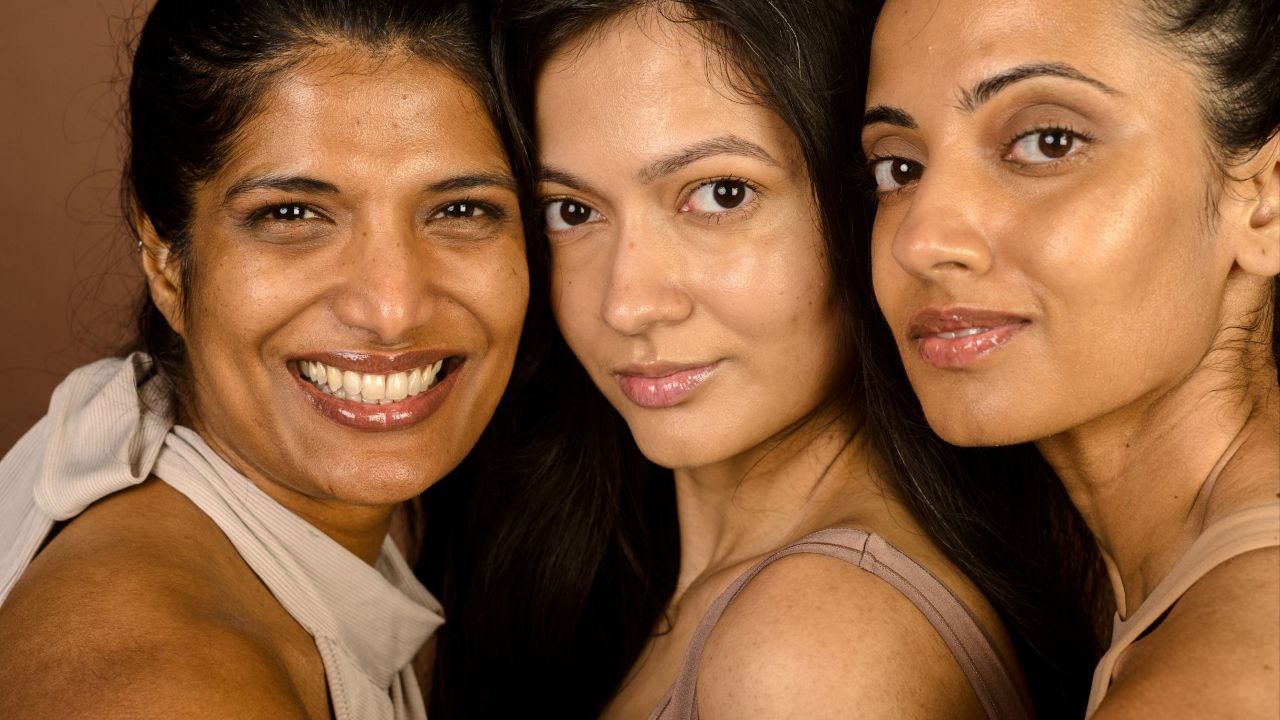Share
In this Article
Key Takeaways
| Topic | Summary |
|---|---|
| Understanding Ptosis | Drooping eyelids can be caused by muscle weakness, neurological conditions, or aging. Early diagnosis helps determine the best treatment approach. |
| Treatment Mechanism | Facial acupuncture improves blood circulation and nerve stimulation to strengthen eyelid muscles, with results visible within 6-8 weeks of regular treatment. |
| Key Acupoints | Focus on five main points: BL2, GB14, ST2, Yuyao, and TH23. These points specifically target eyelid muscles and surrounding areas. |
| Additional Benefits | Beyond eyelid lifting, treatment improves skin elasticity, reduces wrinkles, and enhances overall facial muscle tone. |
| Recommended Services and Products | |
| Professional facial acupuncture treatment for ptosis and facial rejuvenation. Natural, non-surgical approach with proven results. Book Appointment |
| Advanced skincare treatment that complements facial acupuncture, enhancing overall results for comprehensive facial rejuvenation. Buy Now |
Imagine waking up every morning to a world that feels dim and heavy, each glance in the mirror a reminder of your drooping eyelids. The simple act of seeing clearly becomes a struggle, and you find yourself constantly tilting your head or raising your eyebrows, trying to compensate for the obstructed vision. Now imagine a treatment that doesn’t just mask the problem, but gently lifts it away with precision and care, revitalizing not just your eyelids but your overall well-being. Welcome to the world of facial acupuncture for ptosis. In this article, we’ll find out the science behind this ancient practice, explore its effectiveness in treating drooping eyelids, and share inspiring stories of transformation. We’ll also guide you through the process of finding a qualified practitioner and provide practical tips for incorporating acupressure techniques into your daily routine. Get ready to discover a natural and effective path towards clearer vision and renewed confidence.

Get expert tips on healthy living and aging gracefully at 40 and beyond from me.
Success! Now check your email to confirm your subscription.
Understanding Ptosis: Beyond the Droop
Understanding Ptosis: Beyond the Droop
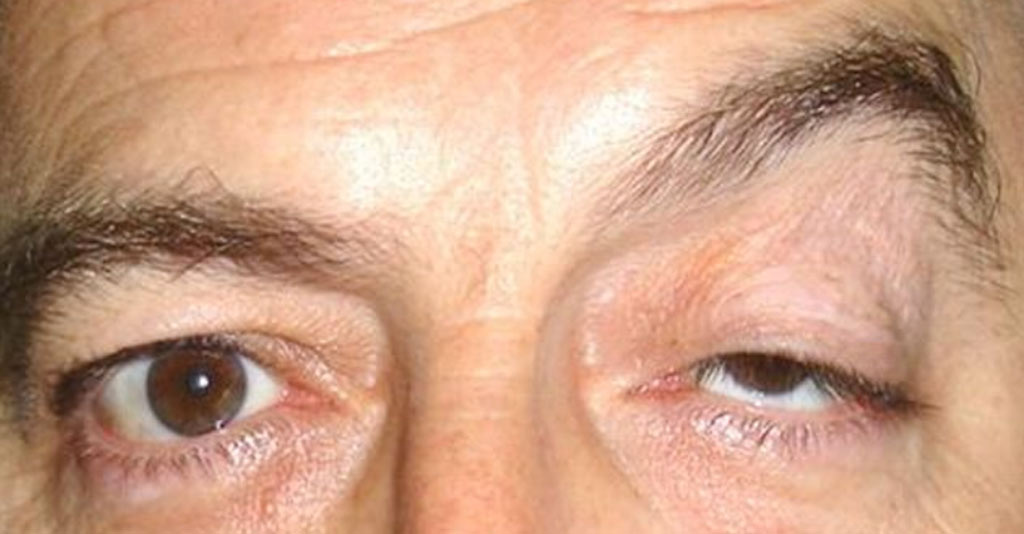
Ptosis, also known as blepharoptosis, is more than just a cosmetic concern. It’s a medical condition characterized by the drooping of the upper eyelid, which can affect one or both eyes. This droop can range from barely noticeable to severely obstructing vision, impacting daily activities like reading, driving, and even making eye contact. Symptoms often include:
A noticeable sagging of the upper eyelid
Difficulty keeping the eye open
Increased blinking or squinting
Eye strain and fatigue
Headaches, especially around the eyes
Blurred or double vision (in severe cases)
The underlying causes of ptosis are diverse. They can range from congenital muscle weakness present from birth to acquired conditions that develop later in life. Some common causes include:
Age-related changes: As we age, the muscles responsible for lifting the eyelid can weaken, leading to gradual drooping.
Neurological conditions: Conditions like myasthenia gravis, Horner syndrome, and third nerve palsy can disrupt nerve signals to the eyelid muscles. A 2023 case study published in the International Journal of Surgery Case Reports documented a 27-year-old male experiencing ptosis and double vision (diplopia) after surgery for a subdural hematoma. Acupuncture treatment over 45 days showed marked improvement in both symptoms.
Trauma or injury: Damage to the eyelid or the nerves and muscles that control it can result in ptosis.
Previous eye surgery: In some cases, ptosis can be a complication of eye surgery. A 2024 case report in the Journal of Korean Medical Society of Acupotomology detailed successful treatment of Botox-induced blepharoptosis with acupuncture. The patient, a 40-year-old female, experienced a two-year ptosis after Botox injection. Acupuncture sessions significantly improved eyelid position and resolved related symptoms.
Systemic diseases: Conditions like diabetes and high blood pressure can sometimes contribute to ptosis.
Genetic predisposition: Some individuals are genetically predisposed to developing ptosis.
The impact of ptosis on quality of life can be significant. Imagine struggling to read a menu, drive safely at night, or simply engage in conversation without feeling self-conscious about your drooping eyelids. Ptosis can affect not only vision but also self-esteem and social interactions. It can lead to feelings of frustration, insecurity, and even social withdrawal.
The Ancient Art of Facial Acupuncture: A Symphony of Healing
Acupuncture, an integral part of Traditional Chinese Medicine (TCM), boasts a rich history spanning over 2,500 years. It’s based on the principle of Qi (pronounced “chee”), the vital life force that flows through the body along specific pathways called meridians. Acupuncture aims to restore balance and harmony to this energy flow by stimulating specific points along these meridians using thin, sterile needles. Facial acupuncture, a more specialized branch of this ancient practice, focuses on the intricate network of meridians and acupoints on the face. It’s not merely about addressing cosmetic concerns; it’s about revitalizing the underlying structures and promoting overall facial health.
The mechanisms of action behind facial acupuncture are multifaceted. The insertion of needles triggers a cascade of physiological responses:
Increased blood circulation: Acupuncture promotes blood flow to the treated area, delivering oxygen and nutrients essential for tissue repair and rejuvenation. This increased circulation can help nourish and strengthen the muscles responsible for lifting the eyelid.
Stimulation of nerve endings: Acupuncture needles stimulate specific nerve endings, which can help improve muscle tone and function. In the case of ptosis, this stimulation can help activate the levator palpebrae superioris muscle, the primary muscle responsible for eyelid elevation.
Release of neurotransmitters: Acupuncture triggers the release of neurotransmitters like endorphins, which have pain-relieving and anti-inflammatory effects. This can be particularly beneficial for ptosis caused by inflammation or muscle tension.
Balancing Qi flow: From a TCM perspective, ptosis can be attributed to imbalances in the flow of Qi. Facial acupuncture aims to restore this balance, promoting the smooth flow of energy and supporting the natural lifting function of the eyelids.
Picture acupuncture needles as tiny conductors of an orchestra, harmonizing the flow of Qi and stimulating the body’s innate healing abilities. They orchestrate a symphony of healing across the facial muscles, nerves, and energy pathways, working in concert to lift and revitalize drooping eyelids.
The Role of Acupuncture in Treating Ptosis: Bridging Ancient Wisdom and Modern Science

While facial acupuncture is rooted in ancient traditions, its effectiveness in treating ptosis is increasingly supported by scientific evidence. Research suggests that acupuncture can improve eyelid function by stimulating the levator palpebrae superioris muscle and improving nerve conduction.
Targeting the Levator Muscles: Facial acupuncture precisely targets the levator palpebrae superioris and the Müller’s muscle, key players in eyelid elevation. By stimulating these muscles, acupuncture encourages them to regain strength and functionality, effectively lifting the drooping eyelid. Visualize these muscles as tiny elevators within your eyelid. Acupuncture acts as the button that calls these elevators into action, gently lifting the eyelid to its optimal position.
Scientific Studies: A growing body of research indicates the positive effects of acupuncture on ptosis. Studies have shown that acupuncture can improve eyelid position, reduce eyelid droop, and improve visual field. While more large-scale studies are needed, the existing evidence suggests that facial acupuncture is a promising treatment option for ptosis. For instance, the case report mentioned earlier in the Journal of Korean Medical Society of Acupotomology highlights the significant improvement in eyelid position (MRD-1) after just two acupuncture sessions.
Key Acupuncture Points for Ptosis: A Map to Revitalization
Facial acupuncture for ptosis involves targeting specific acupoints that are strategically located along the meridians connected to the eyelids and surrounding muscles. These acupoints act as gateways to influence the flow of Qi and stimulate the body’s natural healing processes.
Here are some key acupoints commonly used in the treatment of ptosis:
BL2 (Zanzhu): Located at the inner edge of the eyebrows, this point directly influences the muscles surrounding the eyes, promoting eyelid lifting and relieving eye strain.
GB14 (Yangbai): Situated above the eyebrows, this point helps to lift the forehead and improve muscle tone, contributing to a more open and alert appearance.
ST2 (Sibai): Located below the eye, this point helps to improve circulation and reduce puffiness, further enhancing the appearance of the eyelids.
Yuyao: Located in the center of the eyebrow, this point specifically targets the levator palpebrae superioris muscle, promoting eyelid lift. As noted in “Treating the Face: A Manual for Acupuncturists and Allied Health Professions” by Michelle Gellis AP (2024), this point is crucial for addressing hooded eyelids.
TH23 (Sizhukong): Located at the outer edge of the eyebrow, this point helps to release tension and improve muscle function around the eyes.
Acupressure Techniques: Empowering Self-Care
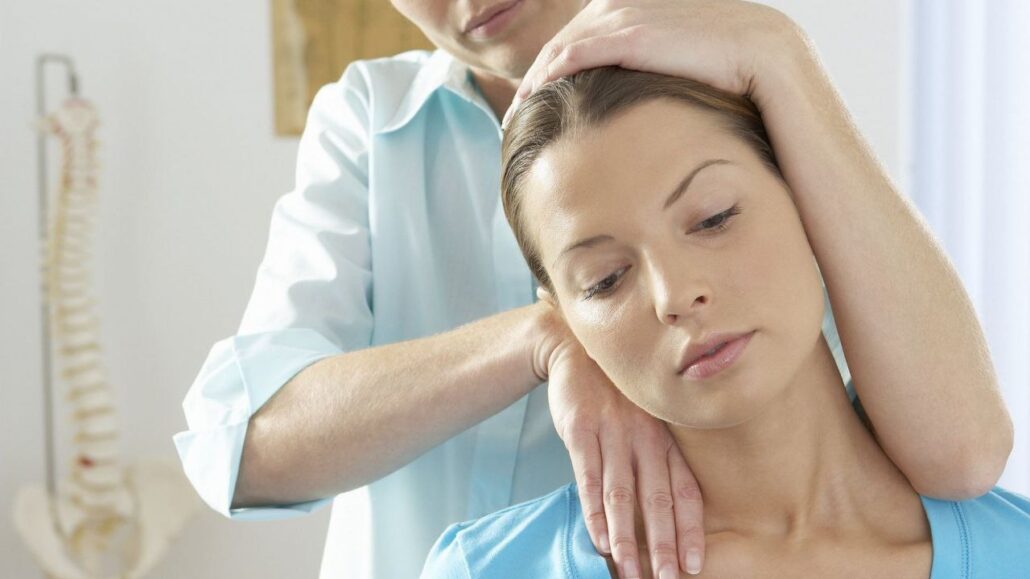
While professional acupuncture treatment is recommended for optimal results, you can also incorporate acupressure techniques into your daily routine to support eyelid health and promote lifting. Acupressure involves applying gentle pressure to specific acupoints using your fingertips.
Here’s a simple acupressure technique you can try at home:
Locate BL2 (Zanzhu): Place your index fingers at the inner edge of your eyebrows, where they meet the bridge of your nose.
Apply gentle pressure: Gently press on these points for one to two minutes, breathing deeply and visualizing the lifting of your eyelids.
Repeat daily: Incorporate this technique into your daily routine, preferably in the morning and evening, for optimal results.
Important Note: While acupressure is generally safe, it’s essential to consult with a qualified practitioner before starting any new self-treatment regimen, especially if you have any underlying health conditions. Acupressure should be viewed as a complementary therapy and not a replacement for professional medical care.
Addressing Underlying Conditions: A Holistic Approach

From a TCM perspective, ptosis is often viewed as a manifestation of underlying imbalances within the body. Addressing these imbalances is crucial for achieving lasting relief.
Spleen and Kidney Deficiency: In TCM, the Spleen and Kidneys play a vital role in muscle strength and overall vitality. A deficiency in these organs can manifest as muscle weakness, including ptosis. Facial acupuncture, combined with dietary and lifestyle modifications, can help tonify the Spleen and Kidneys, supporting the body’s natural healing processes.
Wind-Phlegm Syndrome: This TCM diagnosis refers to a blockage of Qi flow, often caused by an accumulation of phlegm or dampness. This blockage can impede the proper function of the eyelid muscles, leading to ptosis. Acupuncture can help to clear these blockages and restore the smooth flow of Qi, promoting eyelid health.
Congenital Ptosis: In cases of congenital ptosis, TCM focuses on strengthening the underlying constitutional weakness and improving the flow of Qi to the affected area. Acupuncture can be used to stimulate muscle development and improve eyelid function.
A skilled acupuncturist will conduct a thorough assessment to identify any underlying imbalances and tailor a treatment plan that addresses your specific needs. This holistic approach, which considers the interconnectedness of all body systems, is what sets TCM apart and contributes to its effectiveness in treating ptosis.
Benefits Beyond Ptosis Relief: A Holistic Transformation
The benefits of facial acupuncture extend far beyond simply lifting drooping eyelids. It offers a cascade of positive effects that contribute to overall facial rejuvenation and well-being:
Improved Skin Tone and Elasticity: The increased blood circulation stimulated by acupuncture delivers vital nutrients to the skin, promoting collagen production and improving skin tone and elasticity. This can result in a more youthful and radiant complexion.
Reduced Wrinkles and Fine Lines: By relaxing facial muscles and promoting collagen synthesis, facial acupuncture can help smooth out wrinkles and fine lines, creating a more refreshed and youthful appearance.
Enhanced Facial Muscle Tone: Acupuncture helps to tone and strengthen facial muscles, improving overall facial contour and reducing sagging.
Stress Reduction: Acupuncture is known for its calming and relaxing effects. It can help to reduce stress hormones, promoting a sense of calmness and well-being. This is particularly beneficial for ptosis related to stress or tension.
Improved Lymphatic Drainage: Facial acupuncture can improve lymphatic drainage, reducing puffiness and promoting a clearer complexion.
Enhanced Overall Well-being: By addressing underlying imbalances and promoting the smooth flow of Qi, facial acupuncture contributes to a sense of overall balance and well-being.
Considerations and Precautions: Navigating Your Journey
While facial acupuncture is generally safe, it’s important to consider the following precautions:
Choosing a Qualified Practitioner: Ensure your practitioner is licensed and certified by the National Certification Commission for Acupuncture and Oriental Medicine (NCCAOM) and has specific experience in treating ptosis with facial acupuncture. Ask about their training, experience, and success rate with ptosis cases. Don’t hesitate to ask for referrals or testimonials from previous patients.
Possible Side Effects: While rare, minor side effects such as slight bruising, bleeding, or temporary soreness at the needle insertion sites can occur. These are typically mild and resolve quickly. A skilled practitioner will take precautions to minimize these risks.
Duration and Frequency of Treatments: The number and frequency of treatments will vary depending on the severity of your ptosis and your individual response to treatment. Typically, you may need weekly sessions for 6-8 weeks to see significant improvement. Maintenance sessions may be recommended to maintain the results.
FAQ
Typically, patients begin to notice improvements within 6-8 weeks of regular weekly treatments. However, individual results may vary depending on the severity of ptosis and underlying causes.
Most patients experience minimal discomfort. The needles used are extremely thin, and practitioners are specially trained to work around the delicate eye area. Some may feel a slight tingling sensation during treatment.
While facial acupuncture can be effective for mild to moderate cases of ptosis, severe cases may still require surgical intervention. It’s best to consult with both a medical professional and a licensed acupuncturist to determine the most appropriate treatment approach.
Side effects are generally minimal but may include slight bruising, temporary soreness at needle insertion sites, or mild redness. These typically resolve within a few days. Serious complications are rare when treatment is performed by a qualified practitioner.
After achieving desired results with the initial treatment course (usually 6-8 weeks), maintenance sessions are typically recommended every 4-6 weeks to sustain improvements. Your practitioner will create a personalized maintenance schedule based on your response to treatment.
Yes, gentle acupressure can be performed at home as a complementary practice. Focus on points like BL2 (at the inner eyebrows) for 1-2 minutes daily. However, this should not replace professional treatments, and proper technique should be learned from your practitioner.
Conclusion
Facial acupuncture offers a promising natural solution for ptosis. By targeting the underlying causes of drooping eyelids and stimulating the body’s innate healing mechanisms, it can revitalize eyelid function, improve vision, and enhance self-confidence. While blepharoptosis surgery is an option for some, facial acupuncture presents a less invasive alternative with minimal side effects and the potential for holistic benefits. Consider it a proactive step towards enhanced vision, renewed confidence, and overall well-being.
Ready to transform your skin while finding deeper relaxation? Visit my East Bay Acupuncture practice to begin your journey toward balanced, radiant skin and a calmer mind. After all, true beauty isn’t just skin deep—it’s a reflection of total well-being, inside and out.

